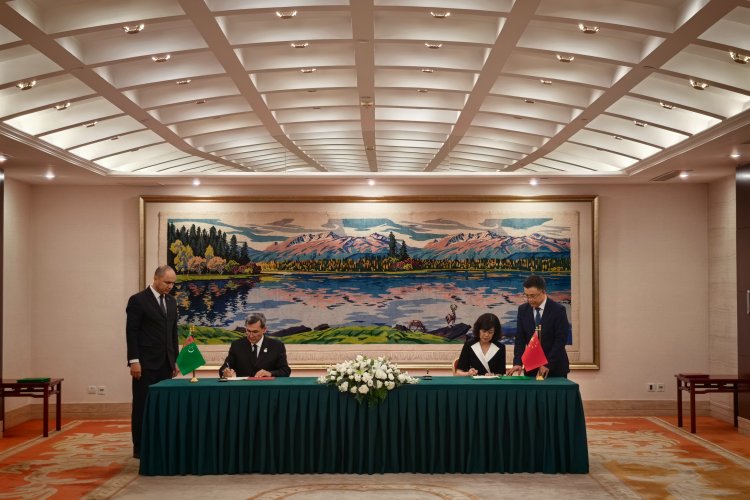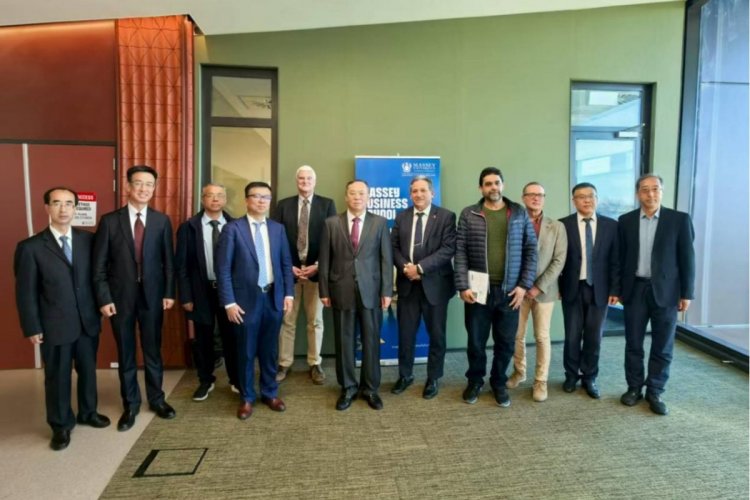The research result on microbio medical industry of the research group led by Prof. Li Hongyu was published online by Scientific Reports, which is owned by Nature, on February 4th. The title of the article is A microbial transformation using Bacillus subtilis B7-S to produce natural vanillin from ferulic acid.
In recent years, Vanillin has already become the source and intermediate product for synthesizing many important medicines. However, due to deficient natural raw materials of Vanillin, it becomes a hot topic in the international medical and drug community on how to synthesize microbio safely and effectively. The research group utilized Ferulic acid, which exists ubiquitously in nature as the source of substrate, and transformed it into Vanillin by biotransformation.
Abstraction of above-mentioned paper is as follows:
Vanillin (C8H8O3, 4-hydroxy-3-methoxy-benzaldehyde), one of the most important flavor compounds, is widely used in the food, beverage, cosmetic, pharmaceutical and medical industries1,2. The increasing market demand necessitates improvements in the yield of vanillin. At present, the market demand for vanillin exceeds 15,000 tons, of which only 2,000 tons are obtained naturally; the remainder is produced by chemical synthesis3. However, due to the low yield of natural vanillin production and the slow growth of plant tissues, vanillin production by extraction from plant products is limited4,5. Furthermore, the productions rate of vanilla cell culture and vanilla bean extract are extremely low and the method is expensive. Nowadays, vanillin is mainly produced chemically via guaiacol and lignin, leading to a cheaper product but of lower quality, environmentally unfriendly production processes and lacks substrate selectivity, which might reduce the process efficiency and increase downstream costs6,7. Moreover, according to UK and EU legislations, synthesized vanillin are artificial or nature-identical and can thus not be considered for the making of natural product8. Thus, the demand of society for consumption of natural flavor additives has been a great effect on the flavor-producing industries, as the majority of today’s flavors need to be natural. Moreover, natural vanillin is sought after in the worldwide market, and its price is 80–267 times higher than that of the synthetic product7.
The use of microbial cells and their enzymes as bioconversion in the synthesis of fine chemicals has attracted much attention in the field green chemistry and white biotechnology1. As an alternative to traditional methods, bioconversion has been recognized as an effective technique for the production of natural vanillin. Compared to the chemical methods mentioned above, biotransformation of vanillin produces extraordinary increases in productions natural characteristics and health care and is efficient, ecologically safe. There is a growing tendency in the production of vanillin from natural materials by bioconversion, which can then be considered as a natural aroma chemical9. Bioconversion can be defined as the catalysis of the conversion of potential precursors (ferulic acid, vanillic acid, eugenol, isoeugenol, phenolic stilbenes, aromatic amino acid, and so on) by isolated enzymes or by microorganisms3,10,11. Enzymatic catalysis cannot match the large-scale synthesis and production of vanillin, and bioconversion using whole microbial cells is therefore considered an important and efficient tool for the mass production of vanillin7,12,13. Recently, research into the production of vanillin by bioconversion has increased due to its important advantages, such as the relatively mild reaction conditions, the high substrate selectivity, and fewer environmental problems14,15,16. Among the above-mentioned vanillin precursors, ferulic acid (4-hydroxy-3-methoxycinnamic acid) is an extremely abundant natural aromatic product in plants, and it occurs as a component of the cell walls in many agriculturally important crops, such as rice wheat, maize and sugar beet4,17. It has been reported that agro waste containing ferulic acid can be cost-effectively used to produce natural vanillin through microbial conversion rather than conventional chemical reagents3.
In the current study, we screened ferulic acid-degrading bacteria and found a novel strain of Bacil Although vanillin production via conversion of ferulic acid has been widely reported in various microorganisms, including Pseudomonas acidovorans, Saccharomyces cerevisiae, Rhodotorula rubra, Streptomyces setonii,Bacillus coagulans, Streptomyces halstedii, Schizophyllum commune, Bacillus licheniformis, Delftia acidovorans, Pseudomonas putida and Sphingomonas paucimobilis18,19,20,21,22,23,24. These studies mainly focused on the isolation and identification of transforming strains and the yield of vanillin. Generally, the bioconversion of ferulic acid is a complex process, and many factors may influence the microbial catalysis. However, to the best of our knowledge, there has been no report on the systemic investigation of factors that affect the conversion of ferulic acid. The ability of bacteria to produce natural vanillin from ferulic acid is worthy of study. The fundamental knowledge derived from this study should provide a valuable platform for further investigation into the behavior of bacteria involved in ferulic acid bioconversion and has potential biotechnological applications in natural vanillin production.
lus subtilis (B. subtilis), labeled as B7-S, capable of biotransformation of ferulic acid to vanillin. The behavior of B. subtilis B7 in response to different initial concentrations of ferulic acid was investigated in a series of batch experiments. To industrialize the conversion of ferulic acid by B. subtilis B7-S, the small-scale batch experiments was carried out in a 5-L fermenter based on the results of a bioconversion study. In addition, the experimental data on ferulic acid bioconversion were analyzed and simulated by mathematical models.
( Translated by Gao Pei, proofread by Wen Jing)




